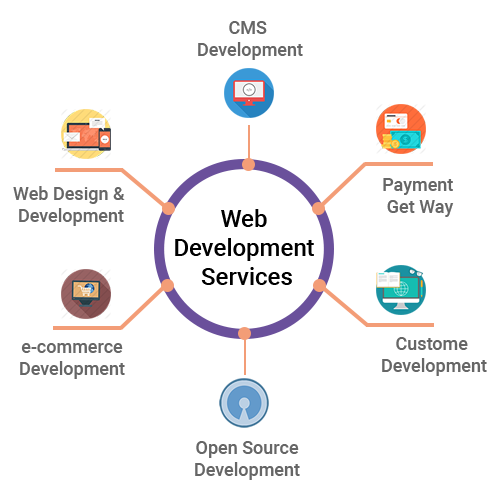
A professional website redesign enhances the user experience, improves functionality, and ensures your site meets current web standards. Whether you’re looking for a fresh new look or better performance, a well-executed redesign can drive business growth and customer satisfaction.
Updating the visual elements of your site to reflect modern design trends while keeping your brand identity intact. This includes redesigning the homepage, key landing pages, and the overall user interface for a more engaging experience.
Ensuring the redesigned website is responsive and works seamlessly across all devices. A mobile-first approach means that the site will be optimized for smartphones and tablets, providing users with an excellent browsing experience regardless of device.
Redesigning navigation and layout for improved ease of use. This involves creating clear, intuitive menus, faster loading times, and a streamlined user journey to keep visitors engaged and reduce bounce rates.
Optimizing the site for speed and overall performance. This includes reducing page load times, improving server response, and fine-tuning the design and back-end systems to provide a faster, smoother experience for users.
Incorporating SEO best practices to improve search engine rankings. A redesign ensures that your site follows the latest SEO trends and guidelines, boosting your visibility on search engines and driving more organic traffic.
Refreshing and reorganizing the website’s content to ensure it is aligned with your current business goals. This includes updating images, copy, and call-to-action buttons to engage visitors and convert them into leads.
Incorporating the latest security features into the redesign, including SSL certificates, secure payment gateways, and regular updates to ensure that your site is protected from cyber threats.
Crafting innovative web experiences with cutting-edge technology to elevate digital presence and user engagement.
A professional website redesign focuses on enhancing the user experience by optimizing navigation, reducing bounce rates, and creating a seamless browsing experience across all devices.
A redesign brings your website up to date with the latest design trends, ensuring your site looks fresh, appealing, and aligned with your brand’s identity and goals.
A professional redesign optimizes your website for speed, improving load times, overall performance, and ensuring a smooth user experience, which is crucial for retaining visitors.
Redesigning your website gives you the opportunity to implement SEO best practices, helping your site rank higher on search engines and attract more organic traffic.
With more users browsing on mobile devices, a redesign ensures your site is fully responsive, providing an optimal experience on smartphones, tablets, and desktops.
A redesign allows you to integrate the latest security features, such as SSL certificates and secure payment gateways, to protect your users’ data and boost trust in your brand.
Review their portfolio to evaluate the quality of their previous redesign projects. Look for sites that align with your industry and design preferences to ensure a good fit for your brand.
Check for testimonials or reviews from previous clients. This will give you insight into their work ethic, professionalism, and ability to meet deadlines and expectations.
Ensure the redesign service has experience optimizing websites for search engines and mobile devices. This is crucial for improving your site’s visibility and user experience.
Verify the service provider’s expertise in the latest web technologies, responsive design, and security measures to ensure the redesign is technically sound and future-proof.
Ensure they offer ongoing support and maintenance after the redesign is complete, so your site stays up-to-date and continues to perform well.
Web developers offer services including website design, front-end and back-end development, mobile optimization, CMS development, e-commerce setup, website maintenance, and search engine optimization (SEO).
The development time depends on the complexity of the project. Simple websites might take a few weeks, while more complex projects like e-commerce sites or custom web applications may take a few months.
The cost varies based on the project scope, the developer's expertise, and the technologies required. It’s best to request a quote specific to your project needs.
Many web developers offer ongoing support and maintenance to ensure that your website stays updated, secure, and functional. This includes regular updates, troubleshooting, and performance optimization.
Look for a developer with a strong portfolio, relevant experience, expertise in the required technologies, and positive client reviews. It's essential to communicate your project goals, timeline, and budget to ensure compatibility.
